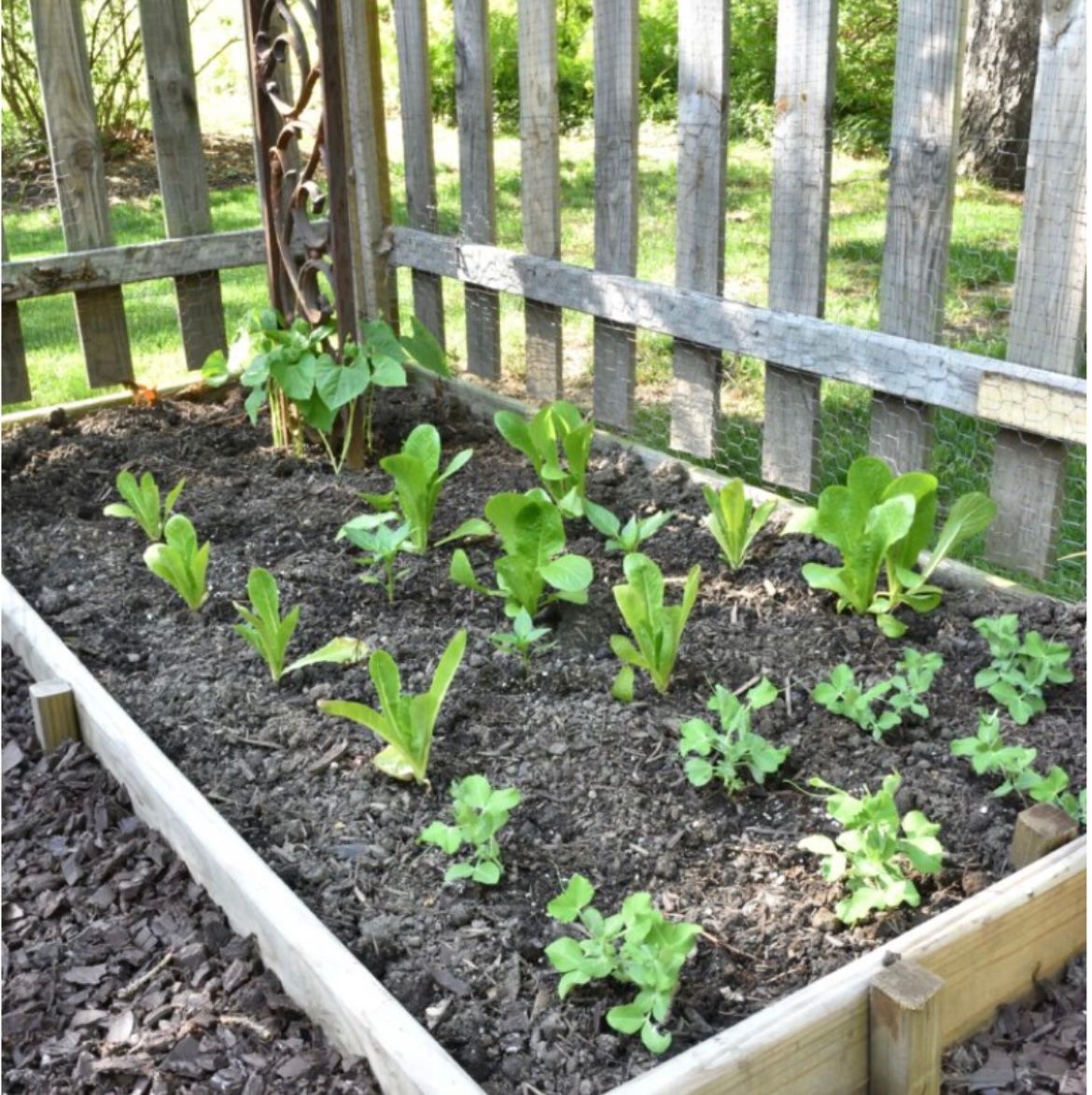
Now that the cold Winter is over, (for most) many of us have the urge to get outside in the warmth, and breathe in the fresh Spring air. Fortunately, there are so many fun outdoor activities to do in the Spring, especially around your very own home.
Gardening and landscaping is such a fun thing to do. Not only can you bring up the curb appeal of your home by growing flowers and other plants, you can also grow some of your own food! Modern day homesteading is increasing all over the country and we understand all the benefits that it entails, including growing your own foods.
Some of you may be well versed and experienced in the world of gardening, landscaping and other outdoor house duties, but we all have to start somewhere.
If you are new to gardening and ready to dive right in, we have a few tips to help get you started.
Tips for beginner gardeners:
1. Pick a great location. The first and one of the most important decisions when it comes to gardening is picking the right location for your garden. If you are planting in pots this is not as big of deal, as you can move the pots into different locations if need be. However, if you are doing a garden directly into the ground or a raised bed, it’s important to seek out a great spot. Make sure the location gets plenty of sun, and that you are able to easily access water. Many plants require what is called full sun, which is typically considered at least six hours per day. There are even some veggies, that may need closer to eight to ten hours of sun per day to fully thrive. Research what your plants need, and plan accordingly.
2. Soil. Along with picking the right location, having good soil comes up next in level of importance for your garden. Most of the time a simple hand test can tell you the basics about your soil. Grab a handful of your solid, and squeeze it. If it stays together, but starts to crumble if you poke it, that is a good sign. Rich soil also tends to be darker, and should have plenty of worm activity within it. If you are
still unsure whether you have the right soil, consider purchasing a soil test kit.
3. Arrange crops appropriately. Most gardeners will agree that planting crops north to south is the best way to line out your crops. It’s also important to keep a good amount of distance between rows. It is a good idea to have about 18-36 inches between each row of plants.
4. Pick the right seeds and plants. Most seeds can be planted directly into the ground. Lettuce, cucumbers, squash are some great vegetables to start with planting the seeds directly into the ground. For some bigger vegetables and fruits, you should consider transplants. Plant them in small containers indoors first and once they start to grow, transfer into your garden. These include veggies
and fruits such as melons, tomatoes, and peppers. Whatever plants you start with, research them a little bit to see just what they need.
5. Stagger your planting. Sometimes it helps a garden if everything is not planted all at once. Plant one set of a certain vegetable, and once it has been harvested, plant the next round. This will keep the garden thriving all season long.
6. Flowers. If wanting to add flowers to your garden or around your house consider low maintenance annuals and perennials. Many perennials will pop each year with minimal effort. Though annuals do need to be replanted each year, they tend to stay blooming all season long, not dying off until the last frost of the season.
Happy gardening from 888 Log Guys, your Log Home repair and restoration company








